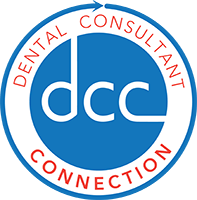Just finished another audit and the issues remain the same. “The documentation does not support the treatment provided.” This doctor faces significant financial loss. The entity is asking for repayment for the “unjustified” services and the demand is substantial. OUCH! When these audits are conducted, they typically are not done for all the patients covered by the plan. The administrator of the plan conducts a “random” audit of, say, 20 patient charts who have been covered by the plan. If that audit suggests that 10% of that amount paid to the doctor was paid in error, the plan will use an extrapolation formula. The administrator will tabulate the entire amount paid to the doctor over a period of time by the plan, multiply that entire amount by the 10% established in the audit and ask for (demand) 10% back based on the entire amount paid to the doctor over a specified period of time. Does that get anybody’s attention? It should! Legally, if it’s not in your dental record, you didn’t see it, you didn’t say it, you didn’t do it, it didn’t need to be done, and it doesn’t exist from a legal perspective. Be careful to document in such a way that there’s no question left unanswered, no service provided left to the imagination. The dental record should read like a story that has a beginning, middle, and end where everything is recorded. I know, I know. There are only so many hours in a day, but ask this doctor who will most probably write a six-figure check. The time taken to document completely would have been very well spent and could very well have prevented this action. When you are tempted to cut corners in your recordkeeping, billing, and coding systems weigh the consequences and choose wisely. Defending yourself and your practice….priceless.
Learn more about Roy Shelburne, DDS at https://www.dentalconsultantconnection.com/consultant_bio20.php

